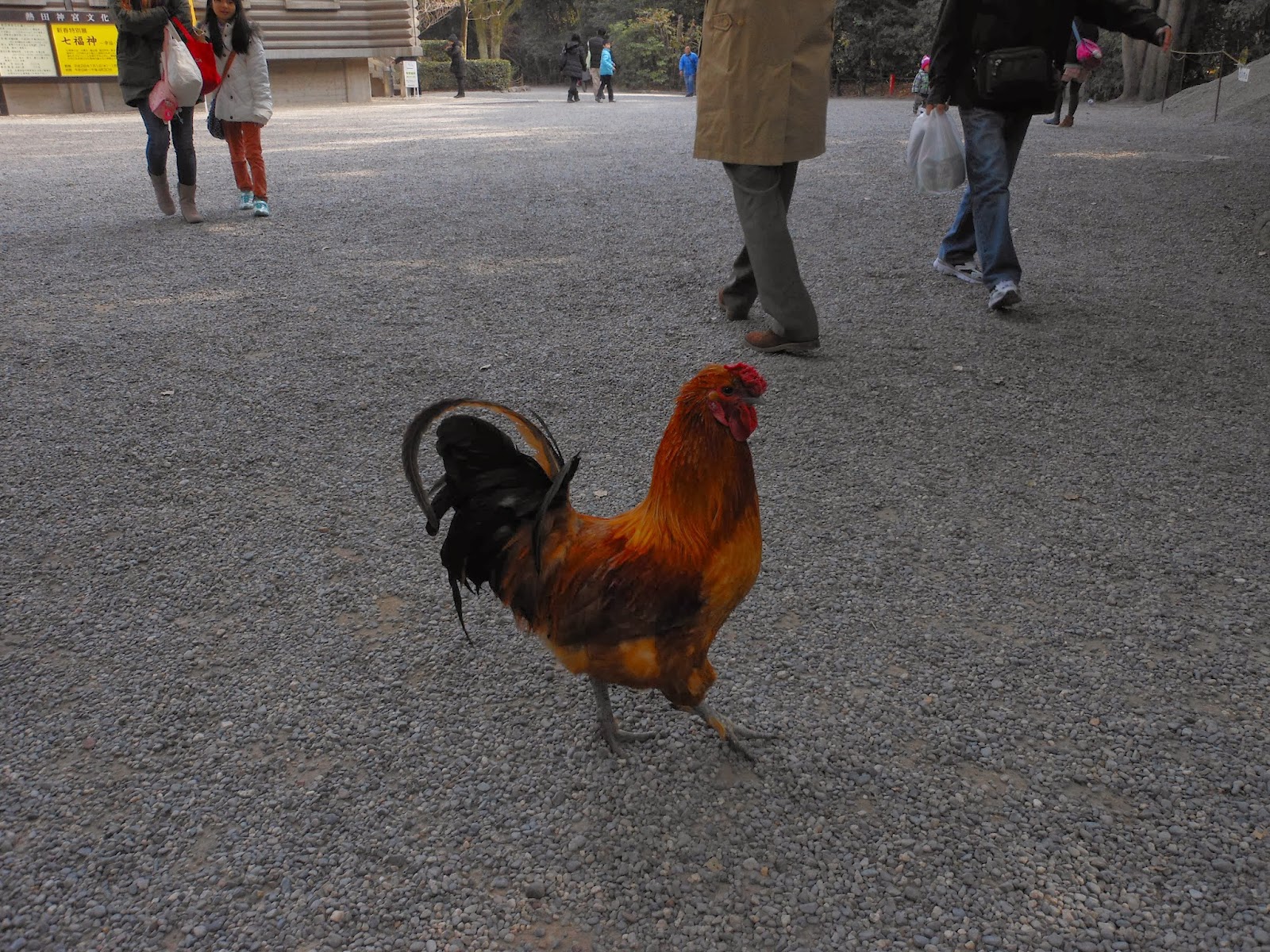Arranged to meet Remi at 10am then travel to the shrine from there, though I woke up a tad late (10 minutes) and informed Remi I would be a tad late.
迷子 (the lost child)
Caught the bus to Hongo (just past Higashiyama- coen) before changing onto the subway line.
In green is the route I should have taken.
My 1st mistake : While preoccupied with myreflection (as I was wearing cat ears) I missed the stop to change trains in Motoyama.
My 2nd mistake: Rode until Sakae where I again had a chance to change onto the purple line, though I go onto the train that heads out to the Port of Nagoya instead of continuing the loop once it hits Kanayama. Did not realize until Tokai-dori.
10:45 I arrived at the station for Atsuta Jingu. Remi was waiting patiently and we headed to the shrine.
仲良しへ, I know many of you have interest in Japan and thus I recommend flicking between the blog and the Official Atsuta Jingu page.
熱田神宮や熱田秋葉山
First up was Kamichikama Shrine which is within Atsuta Jingu next to the main shrine. It's dedicated to knowledge and commerce. As always the architecture and detail were amazing and after watching some people first, Remi and I figured out how to pray. Two bows, two claps, pray then bow.
We then walked down to the main shrine and on the way we saw all these sake kegs. Those historic Japanese figures really knew how to drink. Just shows how important celebrations of important events are to the Japanese.
Remi managed to spot one with her surname on it. Toyo-da. (Pictures below in the smaller image).
 The
The1,300 year old tree
Next to the sake kegs is this very impressive aesthetically interesting tree . Because of it's age the tree is honored as a god. This is why it has the belt with the white shapes. According to the Official Site..
"This tree is 1,300 years old and is said to be planted by Koubou Daishi, a famous Buddhist priest."
It is a symbol for long life at the shrine and I prayed before it in the hopes of achieving just that.
結婚式 Wedding
Seems we arrived just in time to watch a traditional wedding at the shrine. Finally I was able to see the Japanese traditional wedding gown in person.
Seeing the wedding made me dream of my own wedding (if I have one). If I do get married, I have decided it will be in a ceremony exactly like this one.
祈るPray
There are three main ways to pray in Japan. The first is that which you do before a temple, the second is to write your wish as people do each year at the Nara candle festival, then attach it to a tree or special wish stand (bottom left)..

... the third is to receive your fortune from the temple, then tie it onto the string to let Kami-sama know that you have read it.
I got the 3rd best fortune.
 Again with the gorgeous architecture. Please click the images for a better look at those above.
Again with the gorgeous architecture. Please click the images for a better look at those above. Here is me in-front of the main hall where people could pay to receive a blessing from the Atsuta god. It was rather expensive ($60) so I made do with my "omamori" for happiness.
I love how each temple has a different symbol and that many use that beautiful royal purple.
Taught Remi how to wash her hands at the hand washing bason provided at the temple. First left, then right, then you wash the cup itself.
庭鳥や庭の鳥居

終わり The End...of this Part. Please move onto part two of my day for more adventures.


















No comments:
Post a Comment